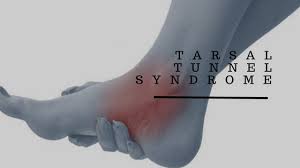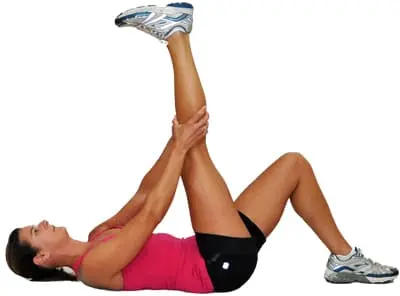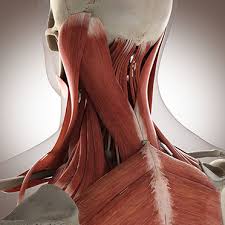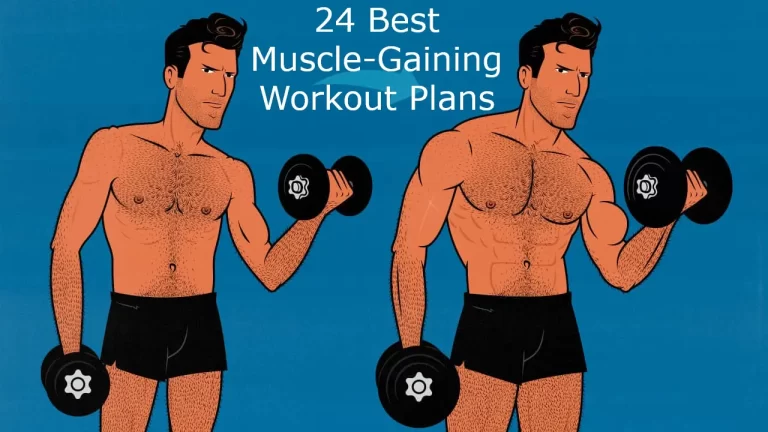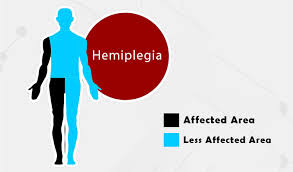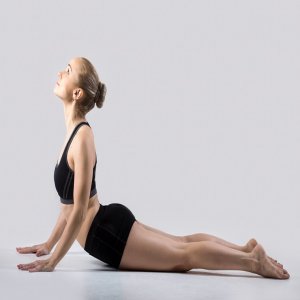Vastus Medialis Exercise: Health Benefits, Types, How to do?
Vastus medialis exercise are an excellent way to improve your knee joint stability and its function, helps to relieve knee pain and decrease the risk of injury such as cartilage injuries and also helps to stabilize kneecap(Patellae).
People with prolonged knee pain have a weak vastus medialis muscle. This alters the way of the knee movements, and how the forces are directed through the knee and places excess strain on the middle knee.
Where is The Vastus Medialis Muscle located?
This muscle is located innermost of the 4 quadriceps muscles found in the anterior of the thigh.
The main bulk of this muscle is found just above the knee cap on the medial side of the knee.
If you clench your thigh muscles, vastus medialis forms a bulge in the middle thigh, often referred to as the teardrop muscle.This portion of the muscle is known as vastus medialis oblique as the muscle fibers here pass obliquely into the kneecap.
Vastus Medialis Function
This muscle mostly works with the other quadriceps muscles to extend the knee and thus extend the leg.This muscle is most important in the final stages of knee extension where it helps with the locking mechanism of the knee joint. The vastus medialis oblique (VMO) portion on the muscle has an extra function of helping to control how the kneecap moves and provides stability.
The main problems that develop in the vastus medialis oblique muscle are Weak. this can affect both instantaneous strength and endurance meaning the muscle tires faster than it should Miss-firing: there may be a delay in the activation of the VMO or it may switch off completely People with a weak vastus medial oblique muscle are more prone to: Patellofemoral Knee Pain Knee Instability Kneecap Dislocation Many people suffering from front knee pain will benefit from doing vastus medialis exercises.
Health benefits of Vastus Medialis Exercise:
- Helps to improve knee stability
- Helps to improve knee function
- Helps to reduce knee pain
- exercise reduces the risk of cartilage injuries
- Provides stability to patellae
How To Do Vastus Medialis Exercise?
- To perform the VMO activation exercise you need one squashy ball. place it in between your knees. if you do not have a squashy ball then you can use a foam ball.
- Clenching a squashy ball between your knees as you do vastus medialis exercises helps to make sure the VMO is switching on. A foam ball is best but if you don’t have one, use a soccer ball, just make sure has a bit of giving in it by letting some of the air out.
Types of strengthening vastus medialis exercise:
VMO Activation
How to do it?
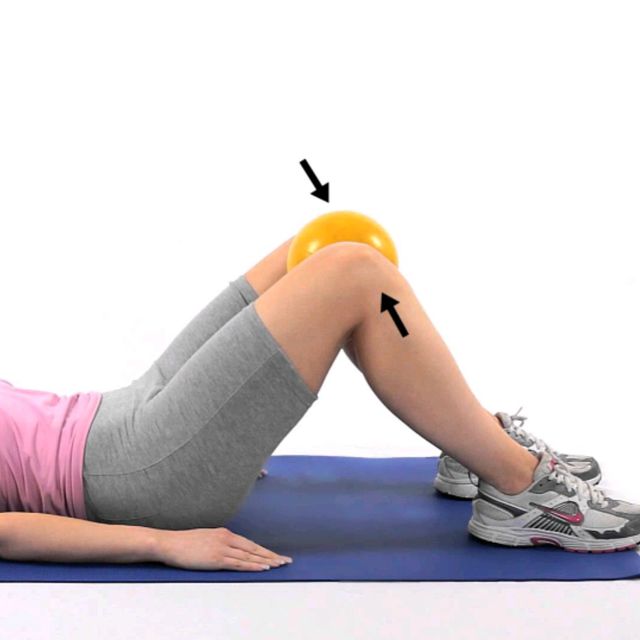
- for this exercise you have to sit upright in a chair or lie on your back, with your knee flexed, place a ball in between your knees and your foot flat on the ground. Put your thumbs on the soft, squashy area on the medial side of the knee, just above your kneecaps, and press firmly it down.
- Clench the glutes muscles and gently squeeze the ball, making sure the movement comes from your knee rather than the middle thigh.
- You should feel a tightening or swelling underneath your thumbs this shows you that you are activating vastus medialis and the VMO. That is the area we want to make sure is working with all the exercises.
- If you can not feel it, try clenching your glutes, clenching your knees, and squashing the posterior of your thighs down into the chair
Ball Clench Extensions
How to do it?
- for this exercise, you have to Lie on your back with a rolled-up towel below your knees and put the ball between your knees Clench your glutes and gently squeeze the ball, then lift one heel off the floor until the knee is extended
- now clench the ball and hold for three seconds then slowly lower the foot back down
- Repeat ten times, gradually increasing the number of repetitions as you get stronger, aiming to get up to 20.
Twisted Leg Raise
How to do it?
- for this exercise you have to Lie on your back with one leg stretched out straight and the other knee flexed. This takes the tension off the low back as you work the straight leg
- move your foot outwards about 20 degrees into external rotation then lift the foot until your thighs are parallel.
- Hold for three seconds and slowly lower down, keeping the foot turned outwards
- Keeping your leg turned outwards in this vastus medialis exercise again helps to activate the VMO.
Ball Bridges
How to do it?
- for this exercise you have to Lie on your back with your knees flexed, feet- hip-distance apart, and the place the ball between your knees
- squeeze your glutes, gently squash the ball, and lift your bottom as high as you can without arching your trunk.
- Hold for three seconds and slowly lower it down.
- Keep squeezing the ball and clenching your glutes throughout the exercise.
Ball Wall Squats
How to do it?
- for this exercise you have to stand with your back against a wall, place the ball between your knees, heels about 6 inches away from the wall, toes pointing forwards
- squeeze your glutes and gently clench the ball to activate vastus medial oblique, then slowly slide down the wall, flexing your knees
- Slide down as far as you feel in control, hold for 3 seconds and slowly push yourself back up
- Keep your glutes and the ball clenched throughout.
When did you not do this exercise?
- If you have any pain during this exercise.
- If your physician advised you to take a rest.
- If your leg bones are recently fractured.

